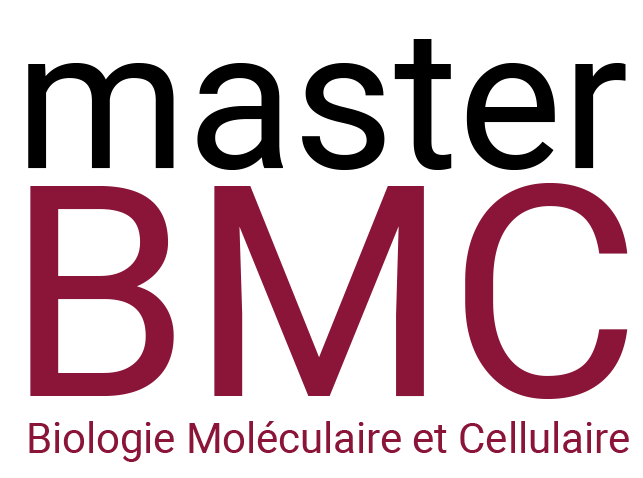How does the Wolbachia CidB toxin affect DNA replication
Frédéric Landmann Lab
“Mechanisms of symbiosis with Wolbachia”
C.R.B.M. Montpellier
Contact: frederic.landmann@crbm.cnrs.fr
When: early 2023
Duration: to be determined -flexible-
Deadline to apply: Nov 10th 2022
We are interested in understanding how Toxin-Antitoxin -TA- systems secreted by the Wolbachia endosymbionts -Wb- function at the molecular level to ensure their success in insect hosts, and more specifically how TA systems influence the host reproduction to favor Wb transmission, but also the intracellular lifestyle of Wb. These Rickettsiales bacteria, widespread among terrestrial arthropod species display an outstanding evolutionary success relying in part on powerful strategies of reproduction hijacking of their host to ensure their matriline transmission. The most common
mechanism of manipulation, called Cytoplasmic Incompatibility -CI-, is a conditional sterility syndrome. CI occurs when a Wb-infected male inseminates a female which is either non-infected or harbors another incompatible Wb strain. Fertilized eggs resulting from this cross usually arrest at very early stages of development, due to paternal chromosomes segregation defects during the first zygotic division. When the female host is infected with a compatible strain, the development is restored. Hence by favoring infected females over uninfected ones, CI is a driving force for Wb, allowing the bacteria to spread within a given arthropod population.
CI involves pairs of effectors, called CidAwPip (Antitoxin) and CidBwPip (Toxin) in the wPip strain harbored by mosquito Culex pipiens, the currently most studied CI effectors.
Together with preliminary data, our recent study* shows that in CI in the fertilized egg, the toxin cidB colocalizes with DNA replication stress markers on the paternal chromosomes, suggesting that Sphase may be affected by CidBwPip. Importantly, we have also established that both CidA and CidB associate with the chromatin.
Using wild-type and mutant versions of Cid effectors expressed in both insect cell cultures and the heterologous Yeast system, we will explore the induced cellular phenotypes and search for CidB interactors through tandem affinity purification and mass spectrometry.
The ideal candidate is interested in the mechanistic of a TA system affecting DNA replication, using a multidisciplinary approach from biochemistry to top of the art microscopy, thanks to the CRBM MRI platform.
https://www.mri.cnrs.fr/fr/
To know more:
*Current Biology 2022 Mar 28;32(6):1319-1331.e5.
doi: 10.1016/j.cub.2022.01.052. Epub 2022 Feb 7.
Paternal transmission of the Wolbachia CidB toxin underlies cytoplasmic incompatibility


